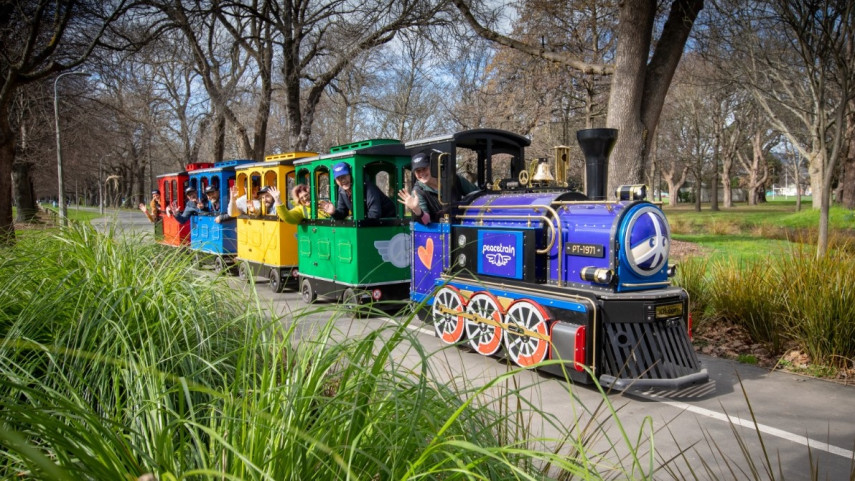Pollinators are in decline globally but are responsible for the production of a third of our food crops and 70% of New Zealand native flora.
You probably know a lot about the world's most famous pollinator, the honeybee, a managed insect used mainly for crop pollination. You might not realise that we have wild pollinators such as native bees and hoverflies that can play an equally important role in our ecosystem. A better understanding and the promotion of wild pollinators in Christchurch benefits our biodiversity, food, gardens and native plants.
Over spring and early summer 2018, the Botanic Gardens ran a citizen science project to understand more about the pollinators in wider Christchurch. The data revealed some fascinating information about our pollinating insects and how we can better attract them and cater for them in our home and public gardens. The data was also sent to Plant and Food to assist in their pollination research on commercial crops.
950 pollinators were recorded during participant's garden surveys where they were instructed to watch one plant for ten minutes and note down what they saw. Of those, 700 were exotic and 250 were native.
While honeybees and bumblebees were most commonly spotted, 129 native bees and 136 flies were also identified by our respondents. This was a fantastic effort considering how small some of these pollinators are and how difficult it can be to identify them!
Our community data shows:
- White flowers were best at attracting the most pollinators and the biggest number of different pollinators.
- Native pollinators were mostly recorded on white and yellow flowers.
- Exotic pollinators were less fussy and found mostly on white, red and pink flowers.
- Beetles and butterflies were fans of white flowers.
- Flies were found in higher numbers on white, yellow and red flowers.
- Hebes were the most popular native plant for pollinating insects.
- Prunus, or flowering cherries, were the most popular exotic plant for pollinating insects.
- Flower size did not seem to affect who visited or how often.
White flowering hebes (Veronicas) are the bees knees when it comes to attracting pollinators.
Some of our favourite, and more localised species are Veronica salicifolia, V. odora and V. strictissima.
Additionally, you'll find a wide range of species and cultivars in nurseries to choose from.




